On this page you can find advice on common water quality issues, if you need any further advice or assistance, please contact us on 01582 344374.
To view a summary of the water quality samples taken in the last reporting year for our site please click here.
Taste and Odour:
Metallic/bitter tastes
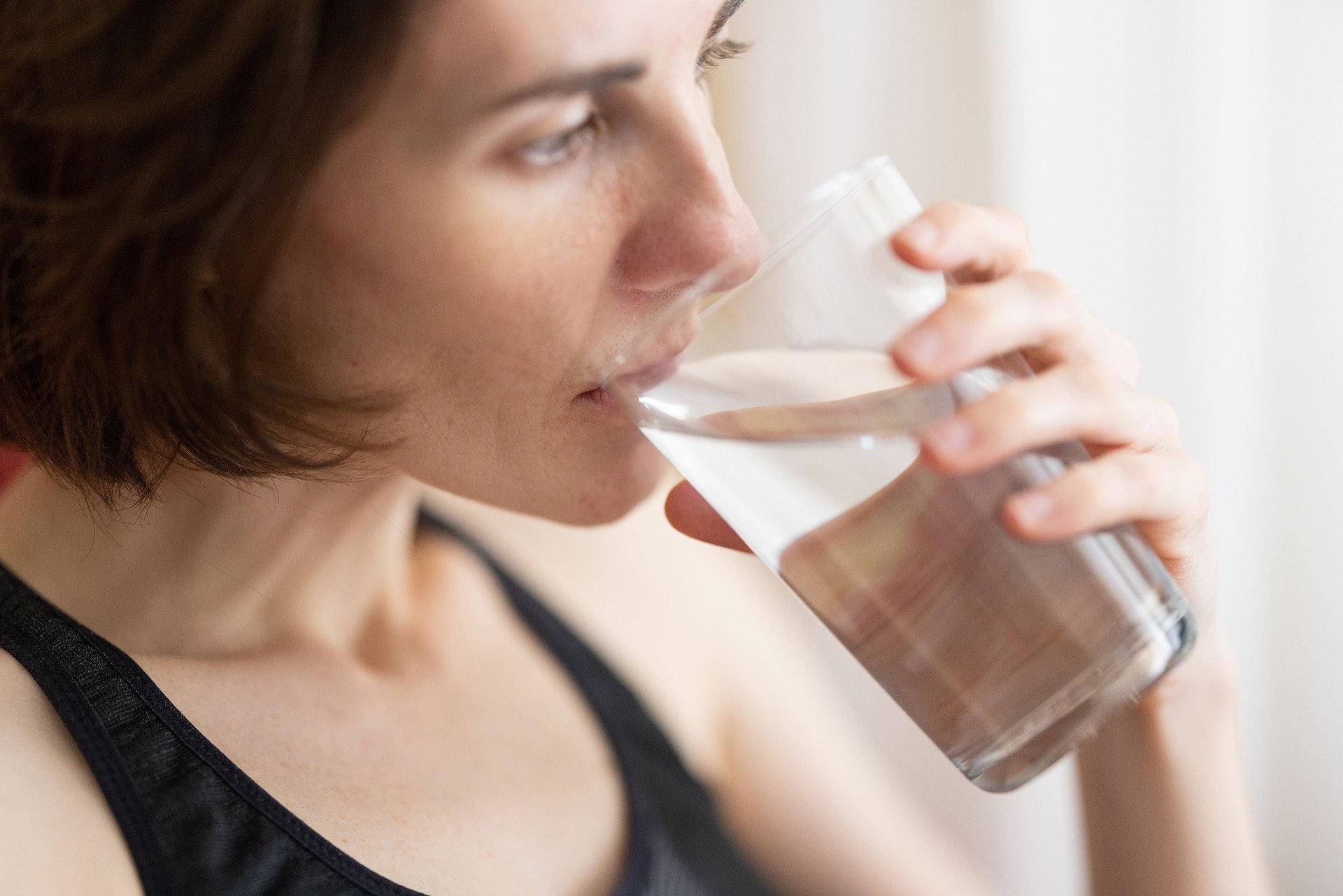
If you have new pipework installed or changes to your plumbing, you may notice a bitter or metallic taste in your water. The taste can be more pronounced in the morning or after the water has been standing in pipes for longer periods. Long runs of pipe can also cause this issue. The taste should…
Fuel contamination
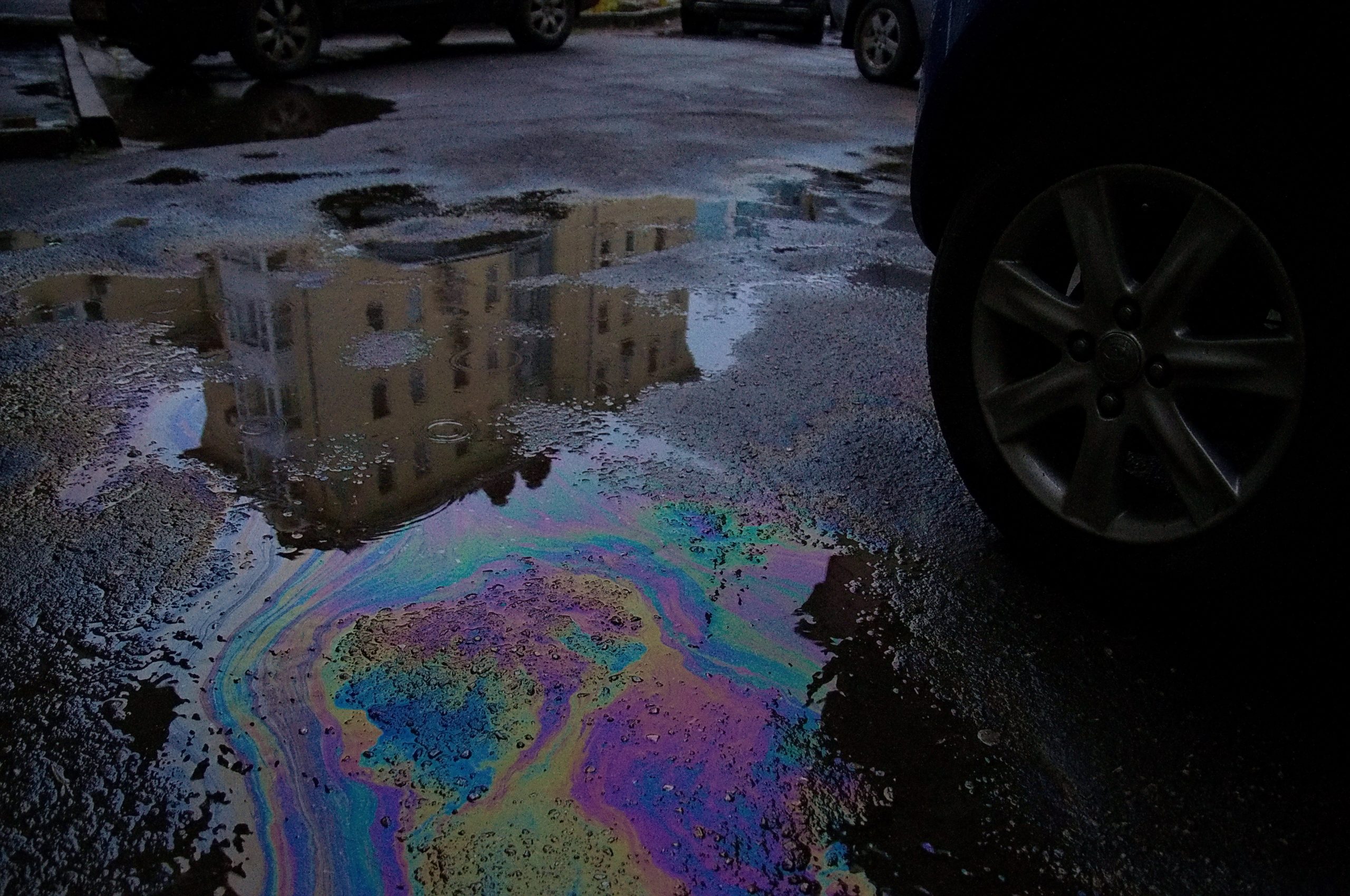
Chemicals from fuel or heating oil spills can travel through plastic pipes and contaminate your water supply. If you answer yes to some or all of the questions below, follow the advice in the section below. Does your water taste or smell of fuel or solvents? Do you have a fuel tank stored at your…
Woody tastes and smells
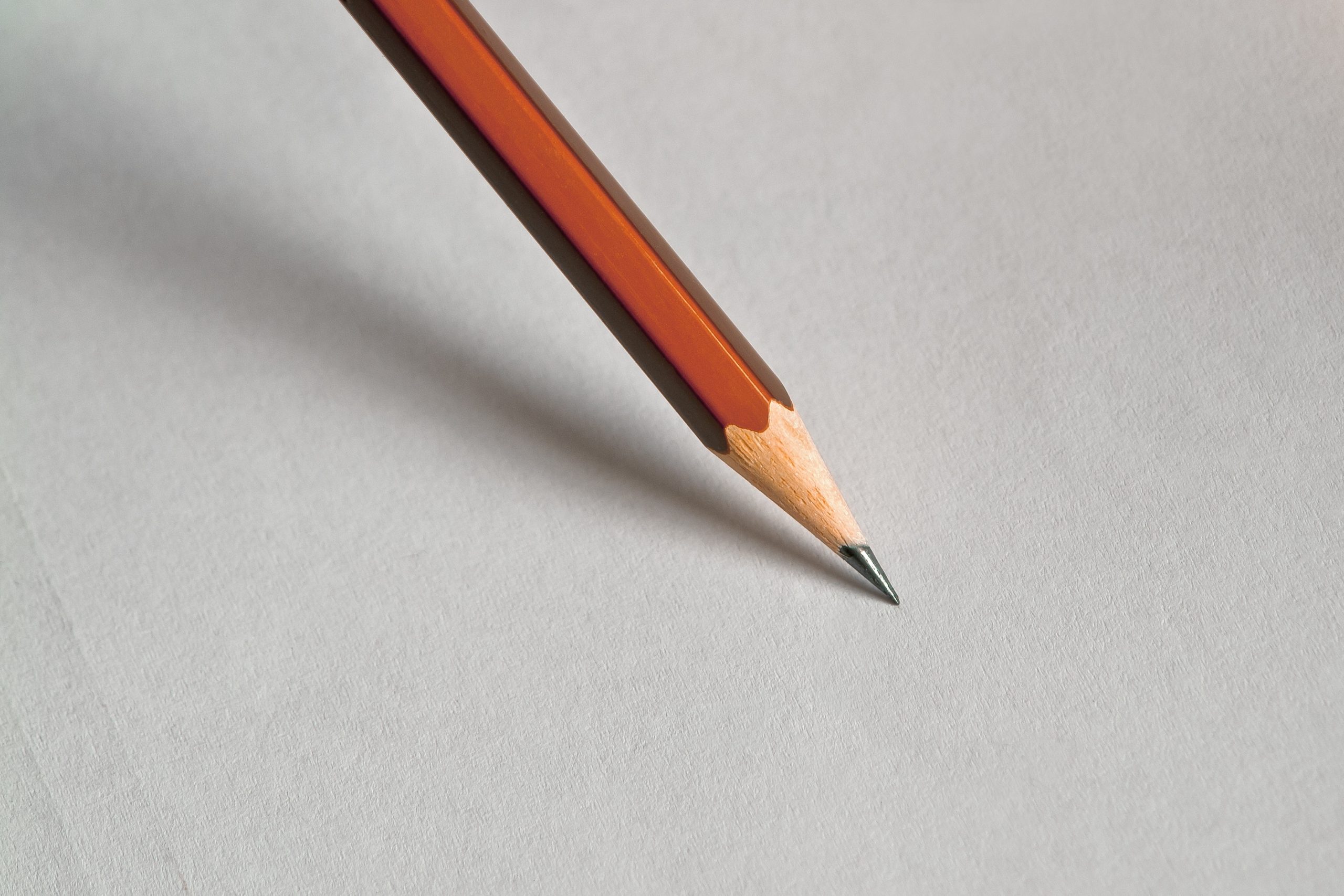
If your water tastes or smells woody, like pencil wood, this can be caused by older pipework, commonly used in the 1960s and 1970s which have alkathene in them. This is not harmful. Flushing your taps for a few minutes before you use the water will improve the taste. In order to completely resolve the…
Earthy, musty, or stale tastes or smells
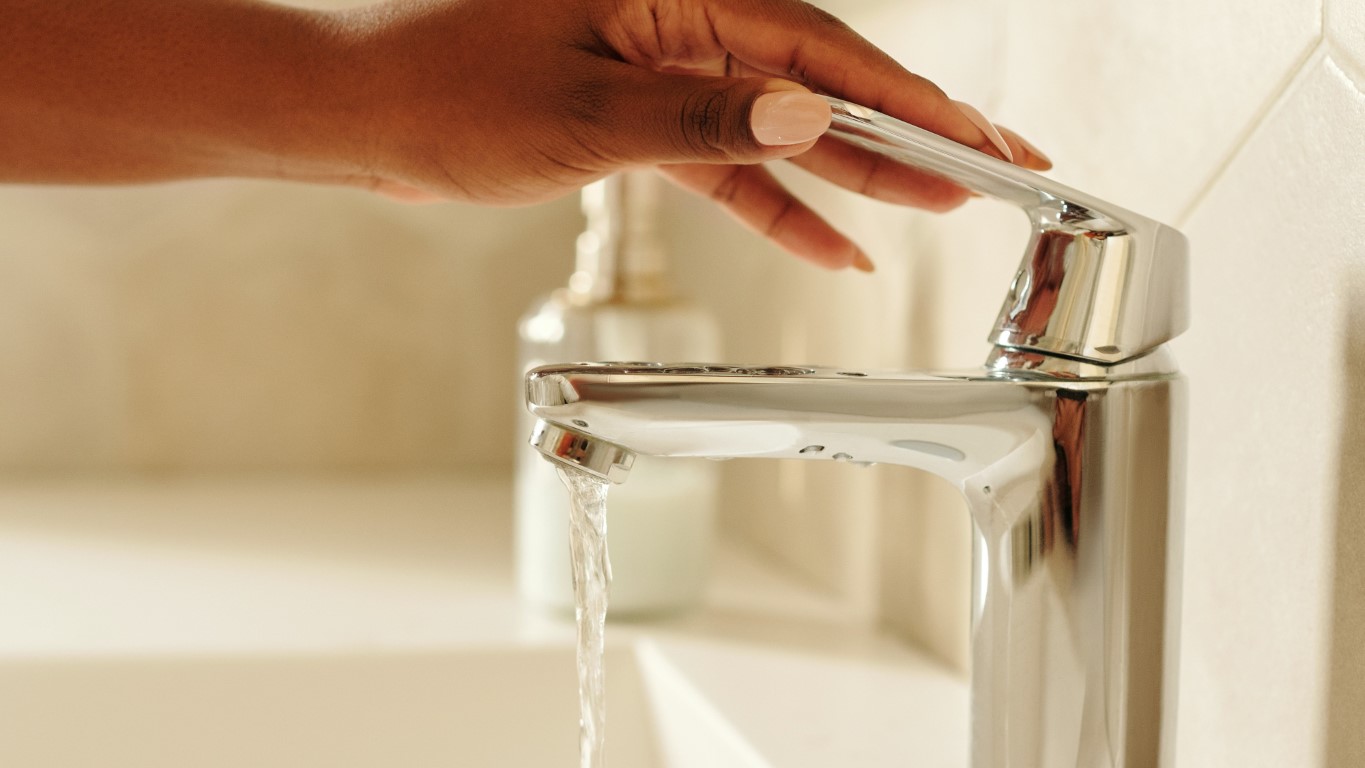
If your water tastes or smells earthy, musty, or stale and the taste/smell is more noticeable first thing in the morning or when the property has been left for a period of time you can usually resolve the issue by running the taps to clear the water that’s been standing in your pipes. Ensure that…
Chlorine or disinfectant

Chlorine and disinfectant type taste or smell are quite common in water. If you answer yes to any or all of the questions below. Then follow the advice in the section below. Does your water taste like chlorine, bleach, or water in a swimming pool? Does your water taste or smell of chlorine in cold…
Appearance and Other
Lead in drinking water

Small amounts of lead can end up in water as it travels through lead pipes. Lead can build up in the body over time and become harmful. Young children and pregnant women are particularly at risk of the effects of lead. Properties built before 1970 are likely to have lead pipes, and pipes installed before…
Fluoride
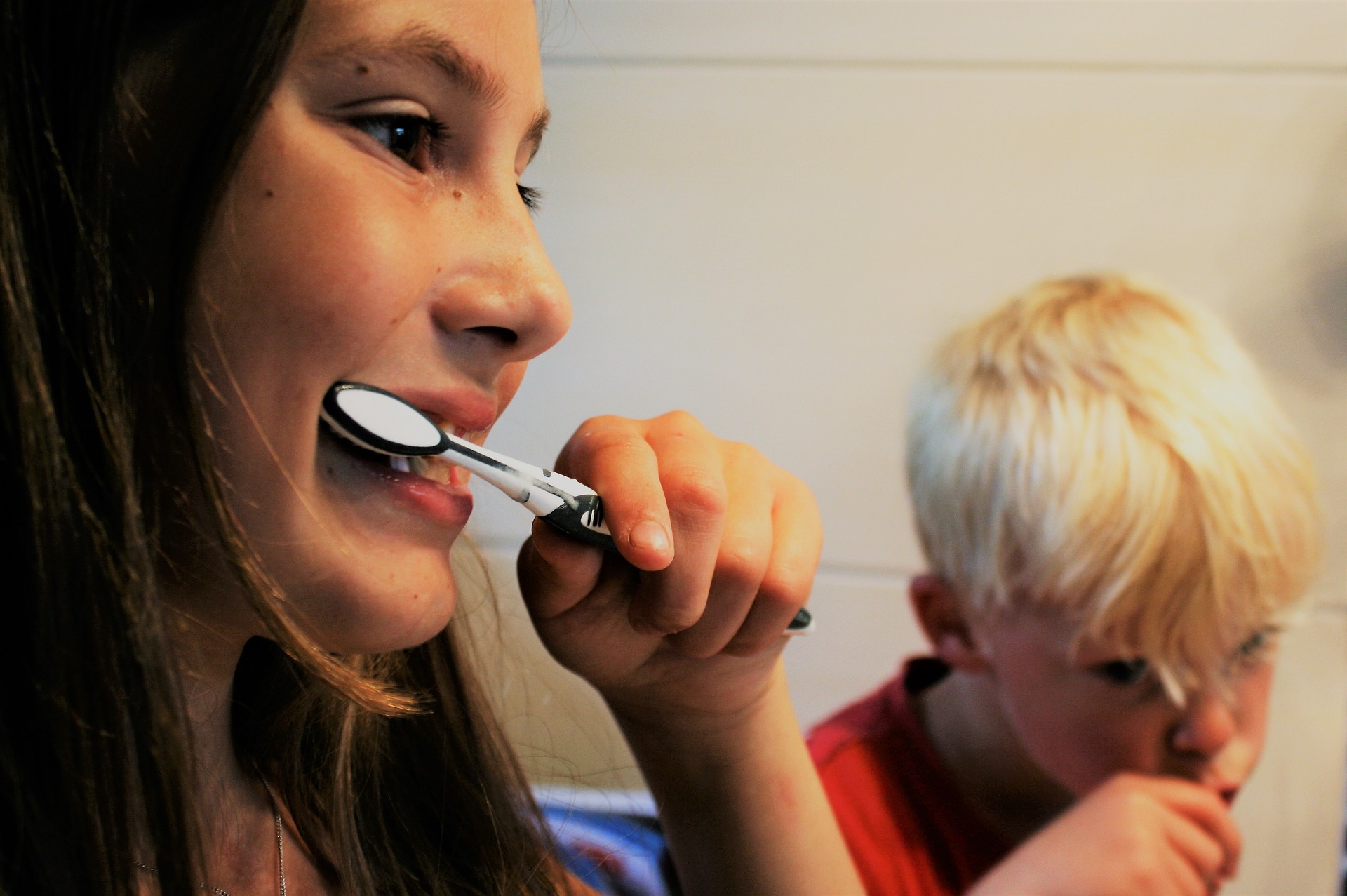
Fluoride occurs naturally at very low levels in drinking water, the amount depends on the type of the rock near the source of your water supply. Water companies are sometimes asked to add fluoride to improve dental health. The amount of fluoride allowed in drinking water is much lower than found in products such as…
Water Hardness
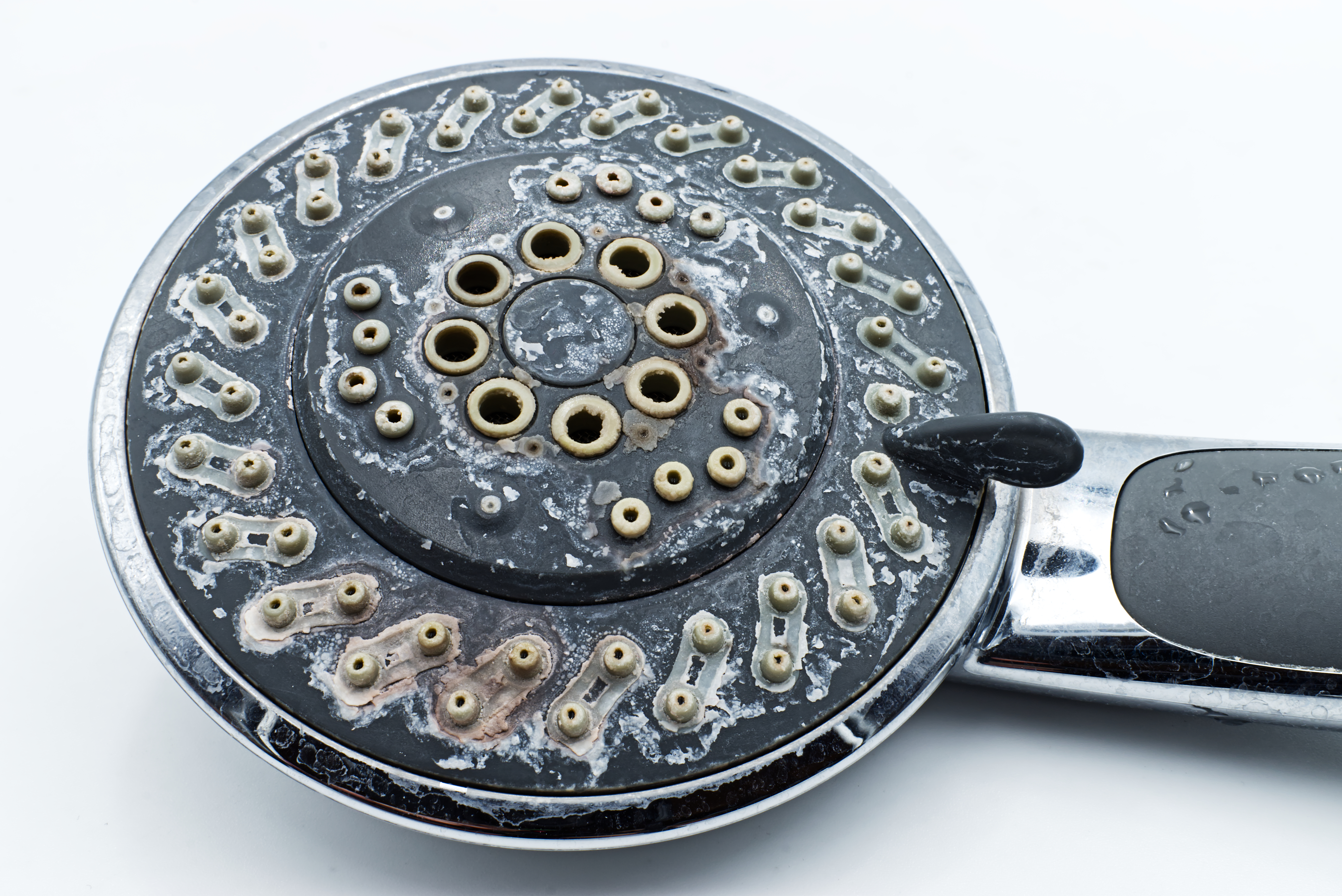
The water in our supply area is classified as Moderately Soft
Bits, stains and slime
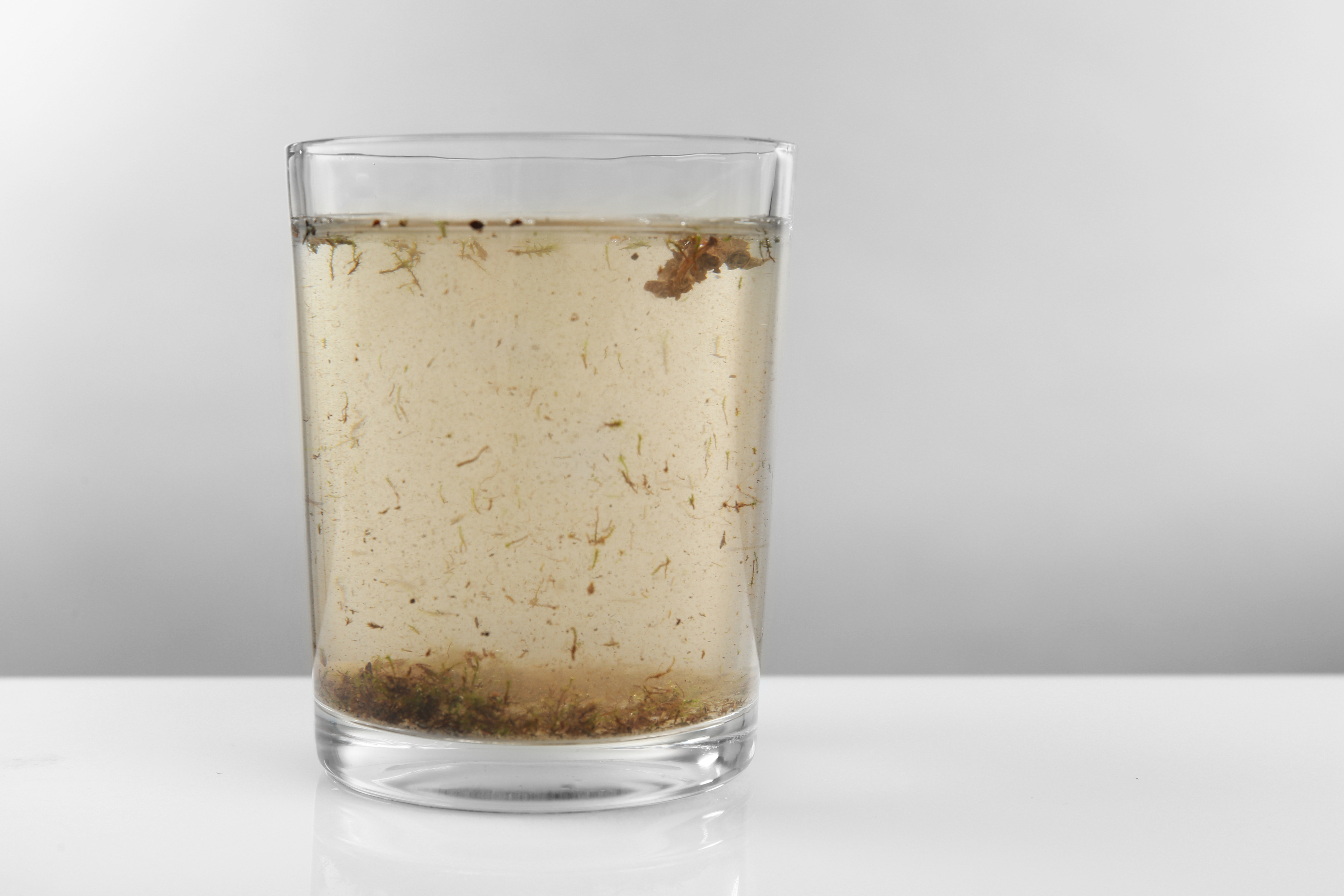
If you notice bits in your water which are slimy to touch these can be caused by airborne mould spores which like to grow in damp places. If you answer yes to some or all of the questions below, then follow the advice in the section below. Does your water contain bits that are slimy…
Discoloured Water
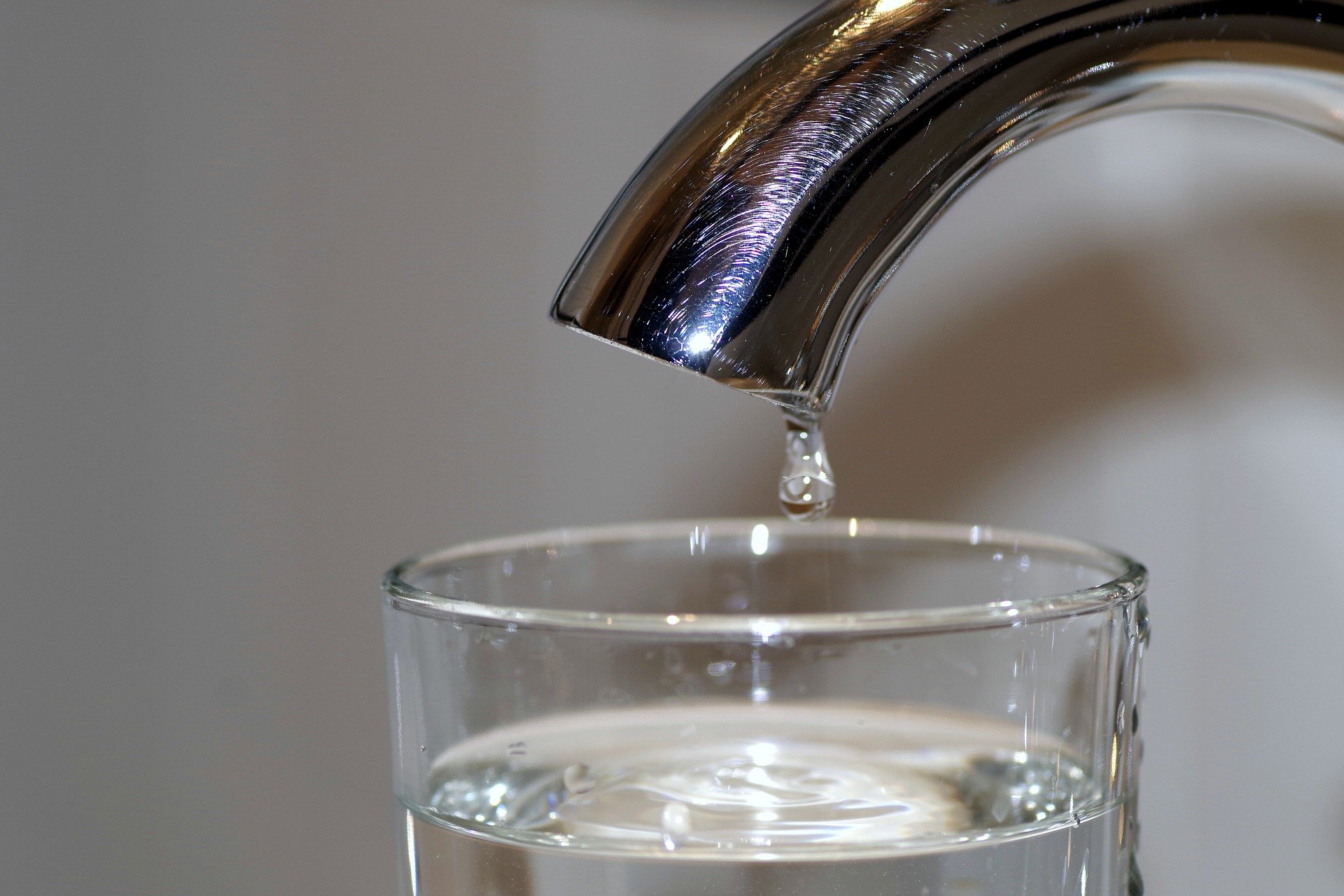
Iron or copper in your water can cause it to appear black, brown, orange, red, yellow or blue. If your tap water has been discoloured for hours or days and you answer yes to some or all of the following questions then follow the advice in the section below. Does your tap water look black,…
Cloudy/white water

Cloudy or white water is caused by tiny air bubbles, they are not harmful and usually clear quickly. If you fill a glass of water and leave it to stand the bubbles should clear from the bottom of the glass upwards. The water is not harmful, and you can continue to drink it. This issue…
